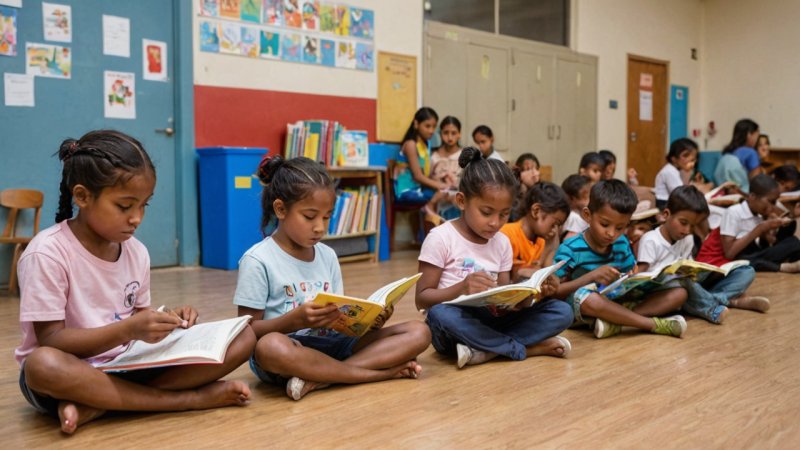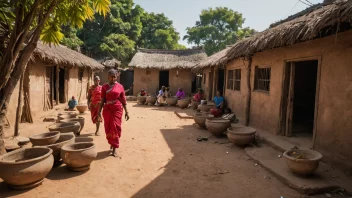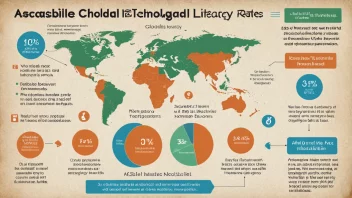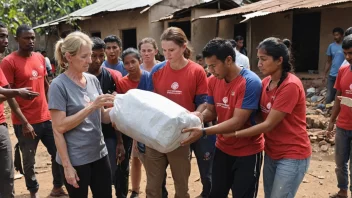Literacy is a cornerstone of education and a vital component of community development. In developing countries, many individuals struggle with reading and writing, which limits their opportunities and hinders progress. Establishing sustainable literacy programs can make a significant difference. Here’s how to set up these programs effectively.
1. **Identify Community Literacy Levels**: Start by assessing the literacy levels within the community. This can be done through surveys, interviews, or collaboration with local educators. Understanding the current state of literacy will help tailor your program to meet the specific needs of the population.
2. **Engage Local Stakeholders**: Collaboration is key to a successful literacy program. Engage local stakeholders, including schools, community organizations, and government agencies. Their support can provide resources, volunteers, and credibility to your program. Hosting community meetings can also raise awareness and generate interest.
3. **Create a Relevant Curriculum**: The curriculum should be relevant to the participants' lives and experiences. Incorporate local culture, languages, and real-life scenarios to make learning applicable and engaging. Consider offering different levels of literacy classes to cater to various age groups and skill levels. Including vocational training can further enhance the program’s appeal.
4. **Train Community Educators**: Quality instruction is essential for effective learning. Train local educators or volunteers who are familiar with the community's challenges and cultural nuances. Provide them with the tools and resources necessary to teach effectively, including training in adult education techniques and culturally responsive teaching methods.
5. **Utilize Technology**: In today’s digital age, technology can play a crucial role in literacy programs. Explore the use of mobile apps, online resources, and digital literacy tools to enhance learning. Providing access to technology can also help bridge the gap between traditional and modern learning methods, making education more accessible.
6. **Promote Family and Community Involvement**: Encourage families and community members to participate in literacy activities. Organize family literacy nights, reading challenges, or community events that celebrate literacy. Creating a culture of learning within the community fosters a supportive environment that values education.
7. **Measure Progress and Adapt**: Implement a system to track the progress of participants. Regular assessments can help identify areas for improvement and ensure that the curriculum remains relevant. Use feedback from learners and educators to adapt the program as needed, making adjustments that reflect the evolving needs of the community.
8. **Foster a Love for Reading**: Encourage a love for reading by creating a community library or reading corner where individuals can access books and other learning materials. Organize reading clubs or storytelling sessions to inspire enthusiasm for literacy. Providing a variety of reading materials, including fiction, non-fiction, and magazines, can cater to diverse interests.
In summary, establishing sustainable literacy programs in developing countries is a multifaceted process that requires community involvement, relevant curriculum development, and ongoing assessment. By focusing on these areas, you can create a program that not only improves literacy rates but also empowers individuals and fosters community growth. Every step taken towards literacy is a step towards a brighter future for all.
Building Sustainable Literacy Programs in Communities
Establishing sustainable literacy programs in communities can significantly impact education and development in developing countries.






